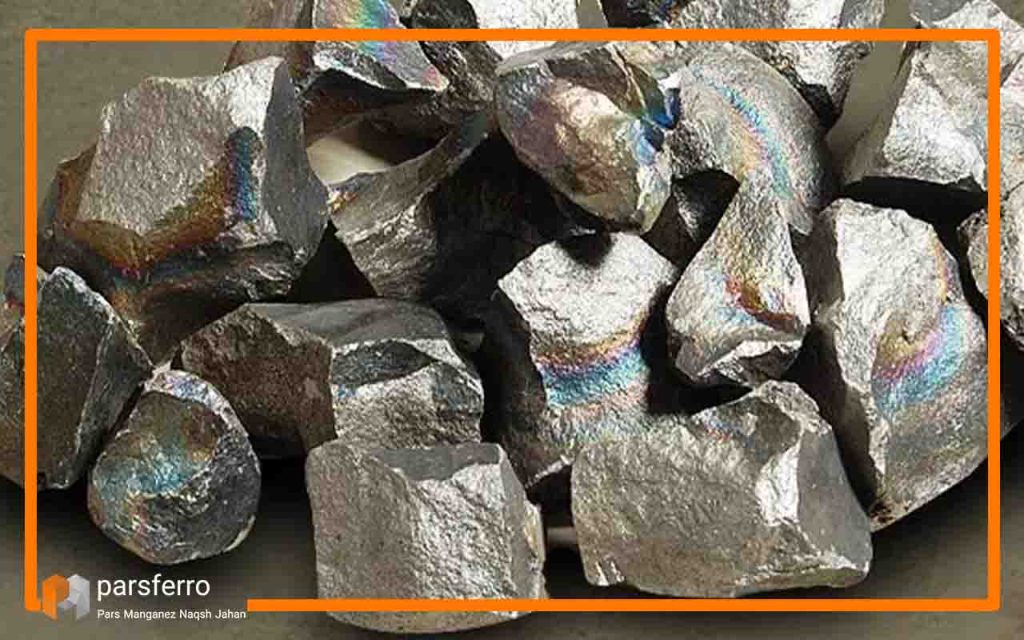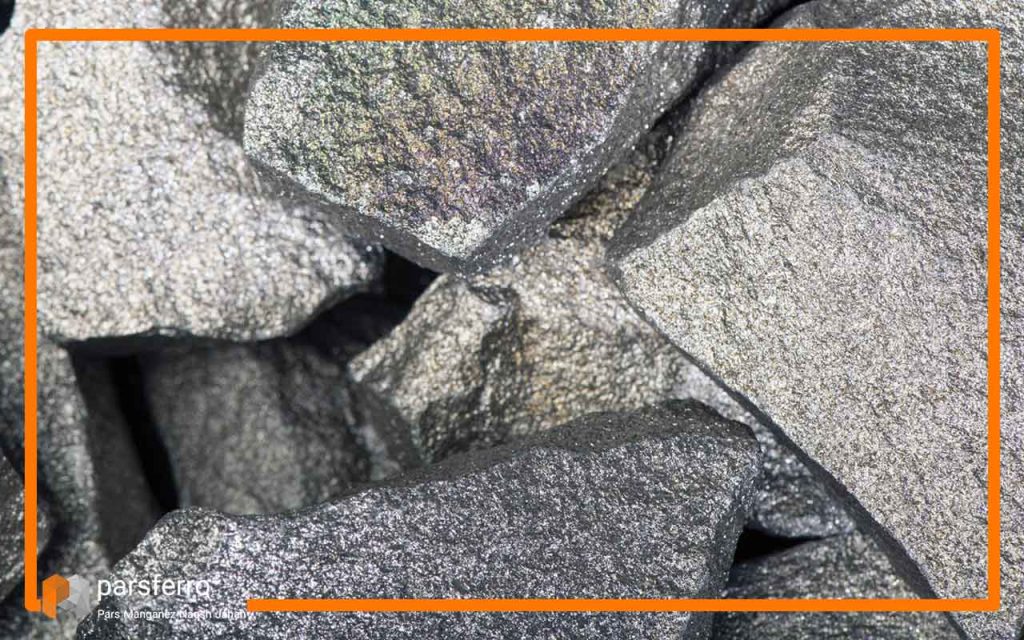Low Carbon Ferro Manganese (LCFeMn) is produced through the carbothermic reduction of manganese ores in an electric arc furnace. Low Carbon Ferro Manganese is a crucial alloy in the steel industry, known for its ability to enhance the strength and durability of steel. This article provides a brief overview of the low carbon ferro manganese manufacturing process and highlights the essential steps in the production of this critical alloy.
Steps of low carbon ferro manganese manufacturing process
low carbon ferro manganese manufacturing process includes several steps, which are explained below:
Raw material for low carbon ferro manganese manufacturing process
Low carbon ferromanganese is an alloy of manganese, iron, and low carbon content compared to standard ferro manganese. The manufacturing process of low carbon ferro manganese involves the use of specific raw materials. Here are the key raw materials typically used in low carbon ferro manganese manufacturing process:
1. Manganese Ore: The primary source of manganese is manganese ore. The ore is mined from deposits rich in manganese, and various grades of ore can be used depending on the desired composition of the final alloy.
2. Iron Ore: Iron is an essential component of ferro manganese, and iron ore is used to provide the necessary iron content. The type of iron ore used can impact the final composition of the alloy.
3. Carbonaceous Materials: Carbon is another crucial element in the production of low carbon ferro manganese. Carbonaceous materials such as coke or coal are used to introduce carbon into the alloy. The carbon content is intentionally kept low in LCFeMn, typically below 1%.
4. Fluxes: Fluxes are used to promote the separation of impurities from the molten metal. Common fluxing agents include limestone (calcium carbonate) and dolomite (magnesium calcium carbonate).
5. Silicon Sources: In some cases, silicon is added to improve the properties of the alloy. Silicon-containing materials, such as ferro silicon or silicon manganese, can be used to introduce silicon into the mix.
6. Aluminum (optional): Aluminum may be added to the alloy for deoxidation purposes and to control the sulfur content. However, it is not always included in the production process.
read more: low carbon ferro manganese chemical composition

Ore Preprocessing
Manganese ore is pre-processed to remove impurities and ensure optimal quality. Crushing and screening processes break down the raw ore into smaller pieces and facilitate the production process of this ferroalloy. This step is very important in maintaining the desired composition and minimizing contaminants.
Sintering
The 3th step in low carbon ferro manganese manufacturing process is sintering. The raw materials are mixed and then sintered in a rotary kiln. Sintering involves heating the mixture without melting it to form a porous aggregate, which is easier to handle in subsequent processes.
Smelting Process
The heart of the Low Carbon Ferro Manganese manufacturing process lies in the smelting furnace. In a submerged arc furnace, The sintered material are meticulously combined. The furnace operates under high temperatures, typically exceeding 2000℃.
During the smelting process, a chemical reaction occurs, leading to the reduction of manganese oxide to elemental manganese. The high carbon ferro manganese contributes carbon to the alloy, enhancing its strength. Flux materials aid in the removal of impurities, ensuring the final product meets the required specifications.
Oxygen Blowing
To further refine the alloy, an oxygen blowing process is employed. Oxygen is injected into the molten metal, facilitating the removal of excess carbon and other impurities. This step is crucial in achieving the low carbon content characteristic of Low Carbon Ferro Manganese.
Alloy Casting
Once the alloy reaches the desired composition, it is ready for casting. The molten metal is poured into molds, creating ingots or other desired shapes. This step is pivotal in shaping the final product, ensuring it meets the specifications demanded by end-users in the steel industry.

Cooling and Solidification
After casting, the newly formed alloy undergoes a controlled cooling process. This solidification step is essential to impart the desired physical and metallurgical properties to the Low Carbon Ferro Manganese. Proper cooling prevents the formation of undesirable phases and ensures a homogenous structure throughout the alloy.
read more: Low carbon ferro manganese powder
Crushing and Sizing
To meet specific customer requirements, the solidified alloy is subjected to crushing and sizing processes. This step involves breaking down the alloy into smaller, uniform particles. The resulting product can be tailored to meet the diverse needs of steel manufacturers, who often have unique specifications for their alloys.
Quality Control is important step in low carbon ferro manganese manufacturing process
Quality control is paramount throughout the manufacturing process. Regular sampling and analysis are conducted to verify that the alloy meets the specified chemical composition and physical properties. Rigorous testing ensures that the final Low Carbon Ferro Manganese product adheres to industry standards, guaranteeing its suitability for various steel applications.
packaging and Shipping
The final product is packaged and shipped to customers for use in various industrial applications, especially in the steelmaking industry as an alloying agent to impart desirable properties to steel.

Pars Manganez, low carbon ferro manganese manufacturer
Pars Manganez Naqsh Jahan Company is one of the best producers of all kinds of ferroalloys, including low carbon ferromanganese, which produces all its products with the highest percentage of purity and the best quality. Because of course, the production of high-quality steel in the steel industry for various applications depends on high-quality raw materials, including ferroalloys. Pars Manganez can send its products all over the country without any restrictions in shipping. You can contact us by email for more information.
Conclusion
low carbon ferro manganese manufacturing process is a complex from raw materials to the final product. Each step, from ore preprocessing to quality control, plays a crucial role in determining the alloy’s composition and properties. As the steel industry continues to grow, the role of low-carbon ferromanganese remains essential, helping to improve the mechanical properties of steel and infrastructure to make stronger and more durable materials in construction.

No comment